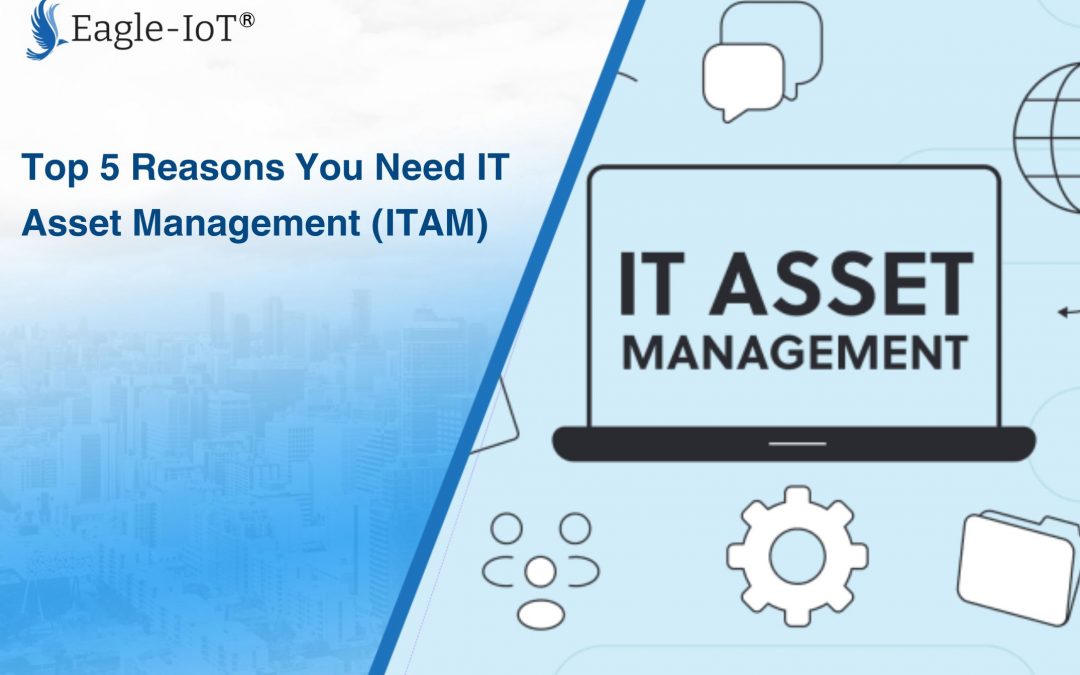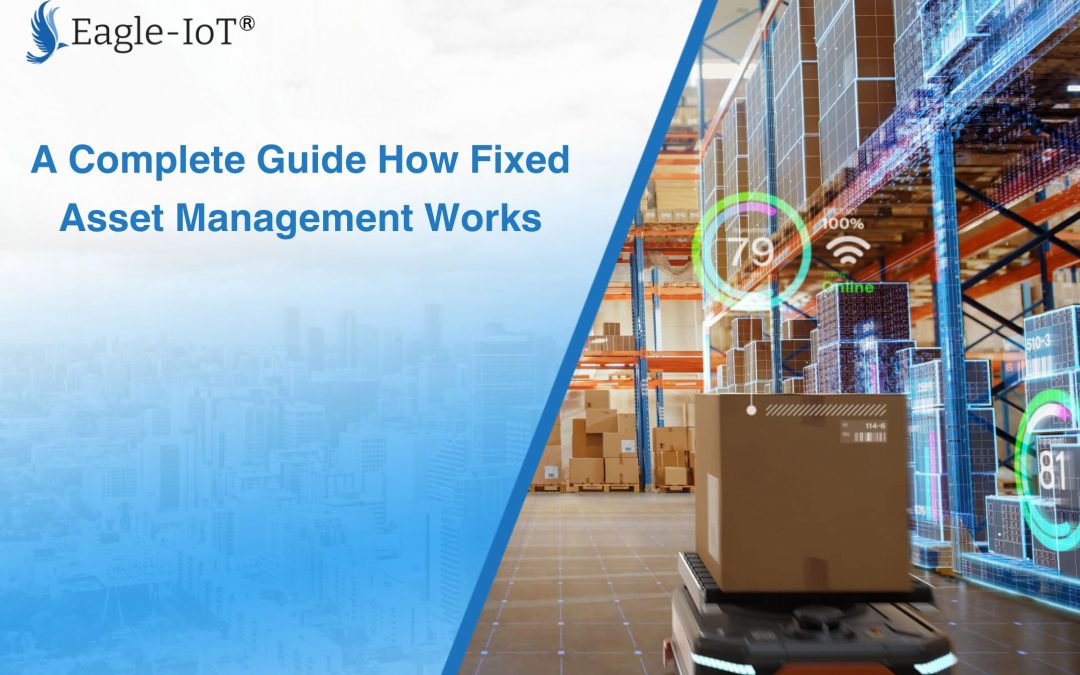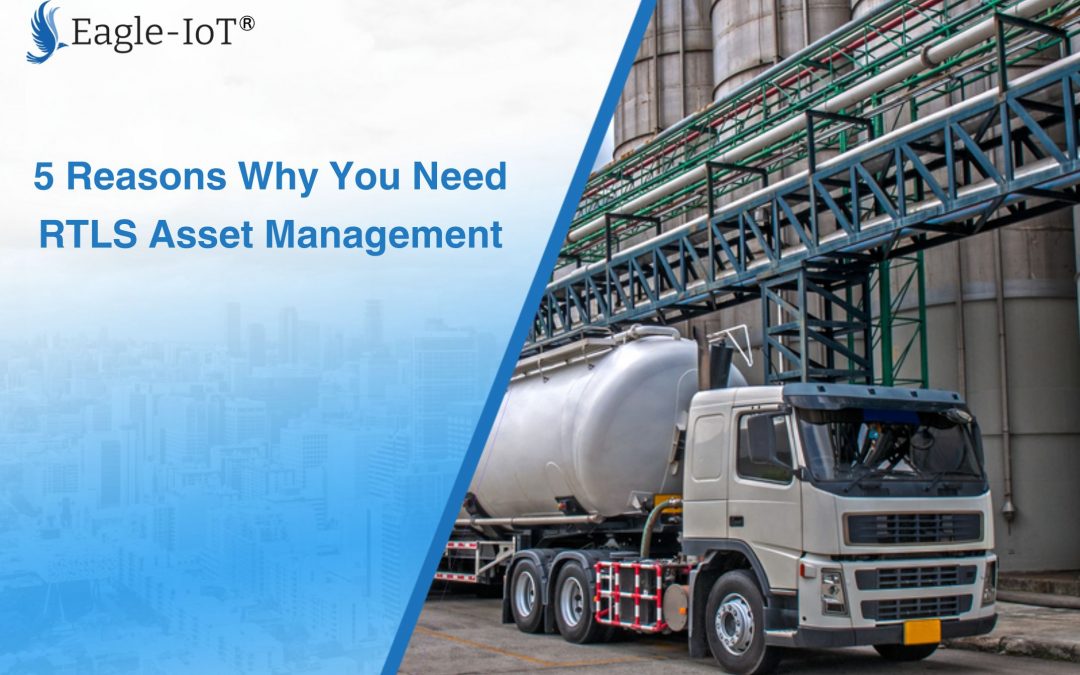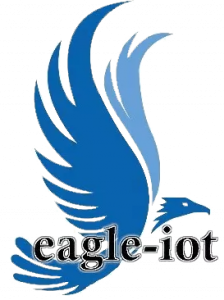
Why Unified Data Matters: Turning Fleet Information Into Operational Power
“Data is the new oil – valuable, but if unrefined it cannot really be used.”
– Clive Humby, Mathematician
This statement rings truer now than ever before. Today, data permeates every operational layer of a modern fleet organization. Every vehicle, every sensor, every transaction, and every driver behavior generates data—telemetry, location, diagnostics, fuel usage, maintenance needs, risk alerts, and even customer satisfaction metrics.
But the sheer volume of data means little without effective tools and strategies to harness, refine, and act on it. Unstructured or siloed information slows down decision-making, leads to duplication of efforts, and in some cases, yields incorrect insights.
Fleet managers no longer operate within a single system—they are responsible for overseeing a mosaic of platforms including telematics, route planning, maintenance, fuel consumption, driver performance, compliance, insurance, finance, and more. In such a dynamic environment, making swift and informed decisions is nearly impossible without a consolidated, harmonized, and actionable view of operations.

This article explores:
- The pros and cons of the enormous quantity of data available today,
- Why building a single source of truth is critical, and
- How data integration unlocks advanced, cross-functional insights that fuel smarter decisions and better results.
The Data Deluge: Blessing and Burden
The modern fleet management ecosystem thrives on real-time data. Every GPS ping, CAN bus reading, and fuel card transaction contributes to a sprawling digital footprint. The upside is that we have more tools than ever before to optimize performance. However, the reality is nuanced.

-
The Data Deluge: Blessing and Burden
The modern fleet management ecosystem thrives on real-time data. Every GPS ping, CAN bus reading, and fuel card transaction contributes to a sprawling digital footprint. The upside is that we have more tools than ever before to optimize performance. However, the reality is nuanced.
Pros of Abundant Data:
- Granular Visibility: Managers can detect minute inefficiencies—like excessive idling in a specific depot or tire wear trends across a regional fleet.
- Predictive Maintenance: With data from sensors and historical logs, predictive algorithms can pre-empt vehicle failures before they impact operations.
- Driver Behavior Insights: Telematics systems can flag hard braking, speeding, or distracted driving, enabling targeted coaching.
- Compliance & Safety: Automated data logs ensure adherence to legal requirements like hours-of-service (HOS) and vehicle inspections.
- Cost Analysis: Real-time fuel and route data offer transparency in expenditure and profitability.
Cons of Too Much Data:
- Data Overload: Managers often drown in dashboards, reports, and alerts. Valuable insights are hidden under a mountain of noise.
- Fragmentation: Operating multiple systems with no integration leads to duplicated data, inconsistencies, and manual reconciliation.
- Latency in Decision-Making: Time spent gathering and cleaning data slows responsiveness—defeating the purpose of real-time intelligence.
- Misinterpretation: Without context or unified analysis, isolated data points can mislead managers and result in wrong decisions.
In short, while the fleet industry has successfully captured massive volumes of data, the challenge now lies in refinement, contextualization, and usage.
The Need for a Single Source of Truth (SSOT)
In high-performing fleet organizations, a single source of truth (SSOT) is the cornerstone of operational intelligence. SSOT refers to a centralized platform or system that consolidates all key data into one accessible, reliable, and unified format. The objective is simple: eliminate duplication, resolve contradictions, and provide a consistent version of reality across departments.
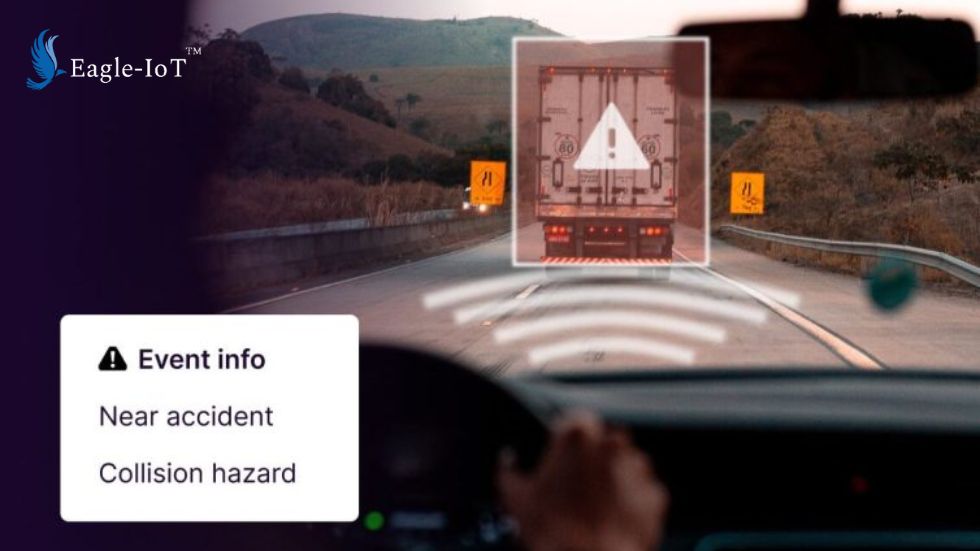
Why is SSOT Essential in Fleet Management?
- Improved Accuracy: By synchronizing data streams from fuel, maintenance, GPS, finance, and HR systems, organizations eliminate conflicting records. Everyone—from the operations director to the dispatch team—is working from the same set of facts.
- Faster Decisions: Centralized dashboards and KPIs allow managers to access live metrics and act immediately, without toggling between different systems or cross-referencing spreadsheets.
- Cross-Departmental Alignment: Maintenance, safety, logistics, and finance departments each interpret data differently. SSOT ensures all stakeholders use uniform definitions and shared metrics.
- Automated Workflows: Integration reduces manual entry and human error. For example, when a vehicle triggers a maintenance fault code, it can automatically generate a work order and notify the finance system of pending costs.
- Strategic Insights: When data lives in one place, it becomes easier to apply machine learning models, forecast future needs, and generate insights that drive innovation.
SSOT is not just about storing data—it’s about trust. When fleet managers, executives, and frontline teams all trust the data they’re seeing, collaboration and execution become seamless.

Data Integration: Connecting the Dots for Deeper Insights
The real magic begins when you integrate multiple data sources—each valuable on its own—but transformational when combined. A well-integrated system does more than consolidate; it connects.
Here’s a few practical examples of integrated fleet intelligence in action:
1. Fuel + Telematics = Fraud Detection
By integrating fuel card data with GPS and odometer readings, discrepancies become easy to spot. If a card was used to fuel a truck in Riyadh, but the vehicle was reported in Jeddah at the same timestamp, this anomaly indicates potential misuse or fraud.
2. Maintenance + Driver Behavior = Root Cause Analysis
When maintenance records are overlaid with driver behavior data (harsh braking, over-speeding), patterns emerge. Vehicles driven aggressively might show higher maintenance costs—revealing the hidden cost of risky driving and informing coaching programs or reassignment of vehicles.
3. Route Optimization + Delivery Records = Performance Benchmarking
Integrating route planning software with delivery timestamps provides insights into punctuality and efficiency. By benchmarking against traffic conditions and planned routes, managers can assess where delays occur—whether due to route design, driver execution, or external factors.
4. Finance + Asset Utilization = ROI on Vehicles
Finance teams can analyze depreciation, leasing costs, and fuel consumption against real-time vehicle usage. This allows for more informed asset purchasing decisions—investing in high-performing vehicles and retiring underutilized or high-cost assets.
Final Thoughts
Fleet data is not just operational; it is strategic. In the competitive and increasingly automated transport industry, the winners will not be those with the most data—but those who make the best use of it.
Fleet organizations must move beyond fragmented systems and pursue intelligent integrations that provide real-time visibility and holistic insights. Building a single source of truth is not an IT luxury—it is an operational necessity.
The data is already there. The challenge—and opportunity—is to harness it.
Ready to Transform Your Fleet Intelligence?
Let our experts show you how an integrated fleet management platform can unify your data, simplify operations, and unlock powerful insights.
Talk to Our Integration Team Today

